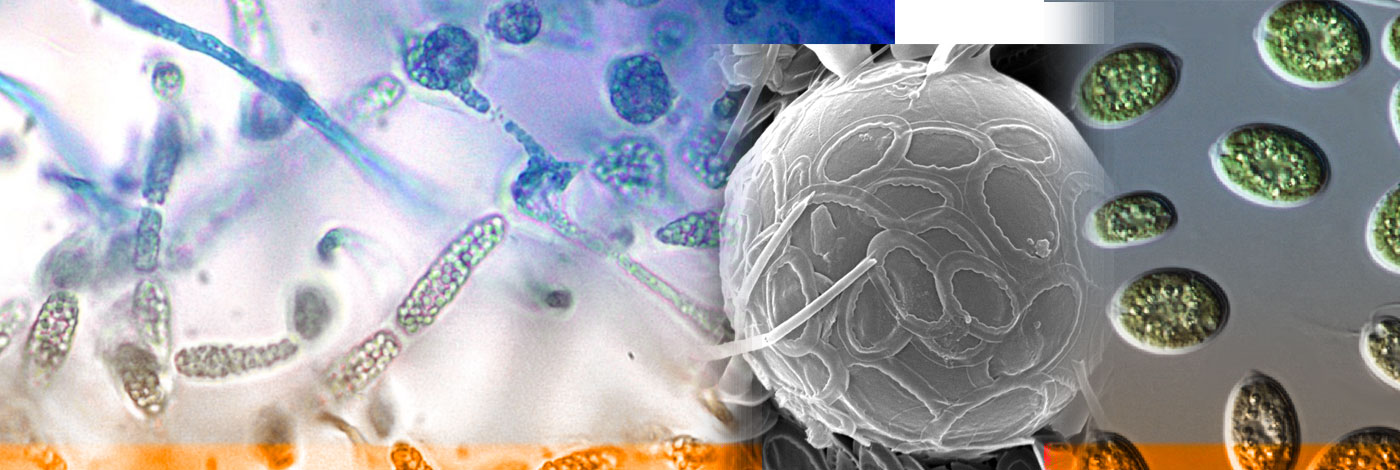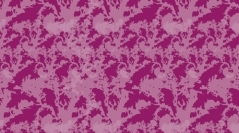

 Cryptogamie, Algologie
46 (4) - Pages 61-66
Cryptogamie, Algologie
46 (4) - Pages 61-66Disjunct distributions provide an intriguing issue for our understanding of the biogeography of marine algae because of their lack of the active dispersal potential. The present morphological and molecular study reports the unexpected occurrence of a grateloupiacean red alga Yonagunia taiwani-borealis S.-M.Lin, Y.-C.Chuang & De Clerck from Lembongan Island, Southern Indonesia, a species which was considered endemic to northern Taiwan. Indonesian specimens were examined and are in good morpho-anatomical agreement with the Taiwanese type material. Plastid rbcL sequence divergence of both Indonesian and Taiwanese specimens was 0.08%. The disjunct distribution of Y. taiwani-borealis across the Equator likely represents a refugia population in an upwelling area that was isolated from formerly widespread populations. Yonagunia taiwani-borealis was large in height and abundant, likely functioning as foundation species of rocky shore community. This is the first record of Y. taiwani-borealis outside of northern Taiwan. This result raises the likelihood of other disjunct distributions of red algae between these two opposite areas of coastal upwelling in Southeast Asia.
Disjunct distribution, Miocene, rbcL, red algae, upwelling area